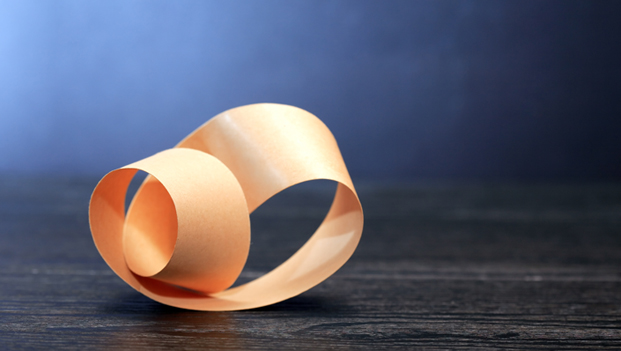8th February 2016
Which is the longest suspension bridge in the world?
The Akashi Kaikyō bridge links the island of Honshu to Awaji island. It has a central span length of 1991 metres, the longest span of any bridge on earth. There are other two spans or sections, each measuring 960 metres or 3,150 feet. The bridge has a total length of 3,911 metres or 12,831 feet. It has six lanes and 23,000 cars pass through it each day. It is also called the Pearl bridge.





